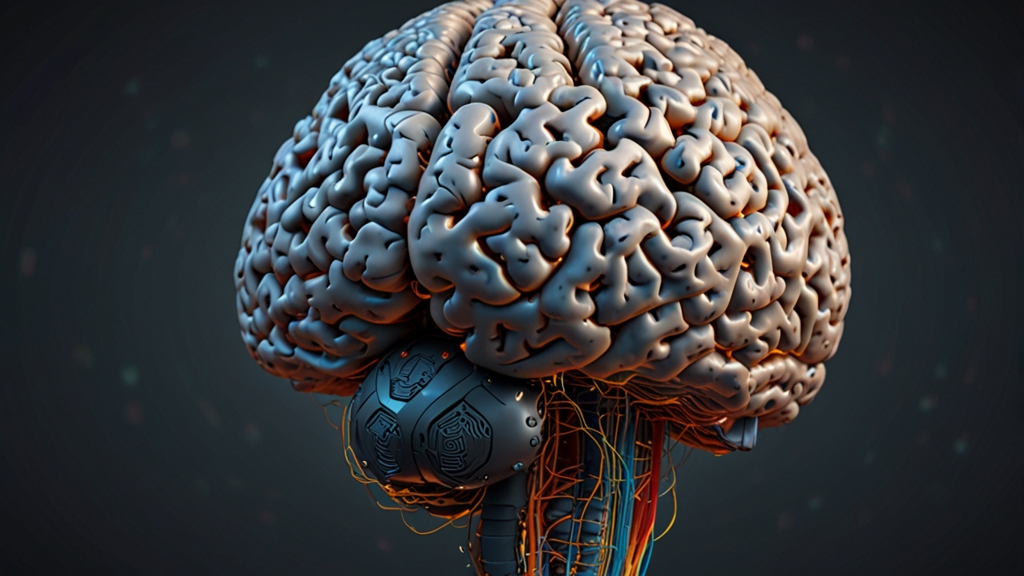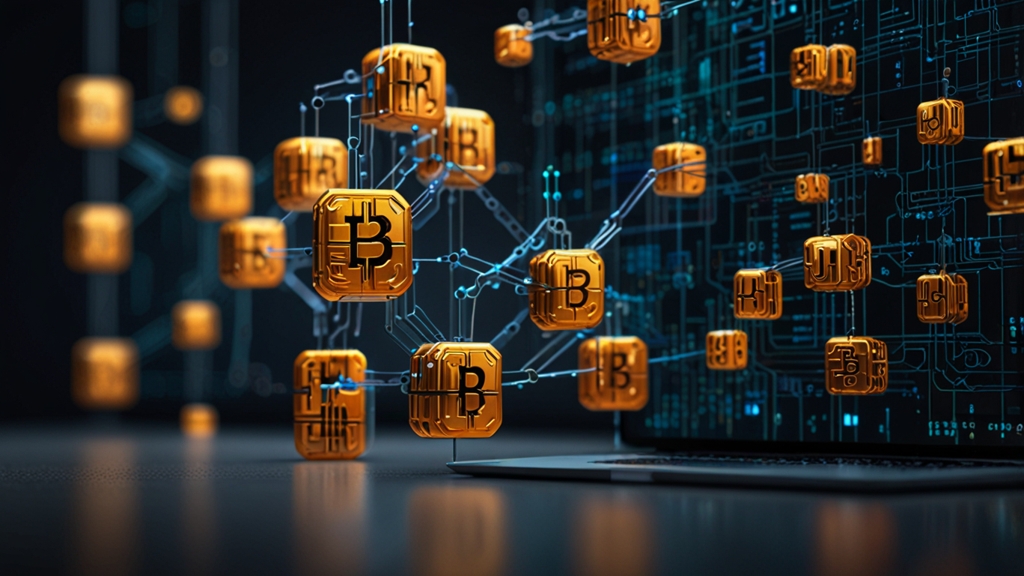The Brain Behind the Code: Understanding Deep Learning
In the realm of artificial intelligence (AI), deep learning stands out as one of the most transformative and fascinating advancements. This subfield, inspired by the neural architectures of the human brain, is powering industries ranging from healthcare to entertainment. But what exactly is deep learning, and why does it hold such immense potential?
What is Deep Learning?
Deep learning is a subset of machine learning concerned with algorithms modeled after the structure and functioning of the brain, known as artificial neural networks. These networks consist of layers of nodes (or neurons) that process data in complex ways, allowing the system to learn and make decisions.
"Deep learning enables machines to solve complex problems even when using a very large dataset. It's like giving computers a brain of their own."
The "deep" in deep learning refers to the use of multiple layers in these neural networks. As data passes through each layer, the network processes and recognizes intricate patterns, improving its understanding and prediction capabilities.
The Mechanisms: How Does It Work?
The magic of deep learning lies in its architecture. A typical neural network consists of three key types of layers:
- Input Layer: This is where the data initially enters the network.
- Hidden Layers: These layers, often numerous, perform complex computations on the data. The term "deep" relates to these multiple hidden layers.
- Output Layer: The final layer generates the output or prediction.
During training, the network learns by adjusting weights through a process known as backpropagation. By minimizing the error between the predicted and the actual outcomes, the network fine-tunes its weights, gradually improving its performance.
Applications of Deep Learning
The versatility of deep learning has led to its adoption across various industries. Here are a few notable applications:
- Image and Speech Recognition: Deep learning models power applications like facial recognition systems, voice assistants, and automated transcription services.
- Healthcare: AI models assist in diagnosing diseases, predicting patient outcomes, and even discovering new drugs.
- Autonomous Vehicles: Self-driving cars leverage deep learning to interpret sensor data, recognizing objects, and making driving decisions.
- Natural Language Processing (NLP): Systems like chatbots and translation services use deep learning to understand and generate human language.
"From predicting the stock market to customizing user content, deep learning is revolutionizing how we interact with technology."
The Challenges and Future of Deep Learning
Despite its impressive capabilities, deep learning is not without challenges:
- Data Dependency: Deep learning models require vast amounts of data to perform effectively, and obtaining this data can be difficult and expensive.
- Computational Power: Training deep networks often demands significant computational resources, which may not be accessible to everyone.
- Interpretability: Understanding why a deep learning model makes certain decisions can be challenging, leading to issues in transparency and trust.
However, the future of deep learning looks promising. Advances in hardware, such as specialized AI chips, are making training more efficient. Additionally, research into explainable AI is helping us make these models more transparent and trustworthy.
Conclusion
Deep learning, inspired by the human brain, is pushing the boundaries of what machines can achieve. Its ability to learn from large datasets and recognize complex patterns has unlocked new possibilities in countless fields. While challenges remain, ongoing advancements continue to enhance its potential, solidifying deep learning as a cornerstone of modern AI.
"As we harness the power of deep learning, we're not just teaching machines to see, hear, or speak. We're unlocking new ways for them to think and understand the world."
The brain behind the code is continually evolving, and with it, the future of technology looks increasingly intelligent and capable.











